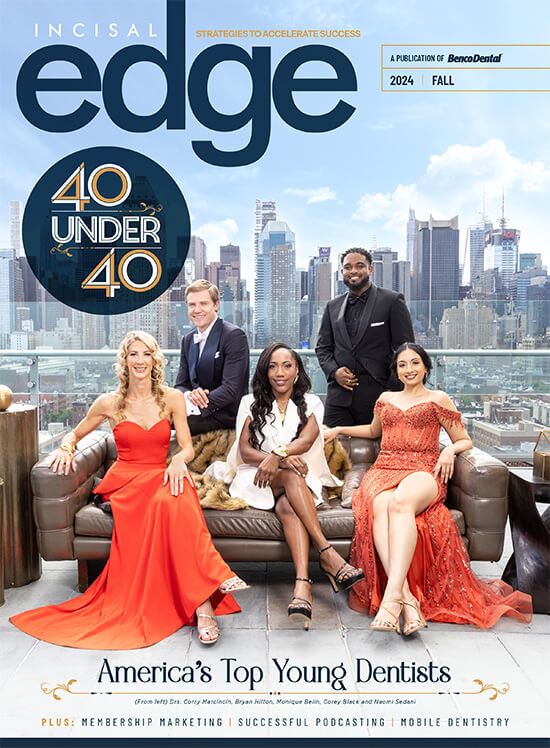Entertainment, media, politics and business have been upended by scandal over the last year. Is our profession immune? Hardly.
WAIT, WAIT—HOLD ON a moment before you turn the page: This isn’t just another #MeToo lament. It’s not only that, at any rate. Sexual harassment in dentistry is real. It is real in dental offices; it is real in dental schools. I’ve personally seen it occur in places and at times well before any mechanisms to combat it were firmly in place. I have friends who have reported instances of it, only to be utterly disappointed by how administrators and human-resources staff responded.
In years past, almost nobody was well-schooled about this. A recent piece in the Journal of the American Medical Association made the case for fundamental change in educational institutions regarding the reporting and addressing of sexual harassment. The key is to bring students, faculty and staff all onboard.
The University of Maryland’s Baltimore campus is illustrative. (I teach in the UMD system.) Following Title IX guidelines, the school has initiated formal, mandatory online training for faculty and staff—who then must report any acts they witness that place anyone on campus at risk.
The concern is justified. Most dental-hygiene students, for instance, are women, and these days the numbers of women and men in dental schools nationwide is about equal—cause for celebration, to be sure, but also a reminder of the need for widespread awareness. In a 2010 survey of 254 dental students, some 15 percent reported having been sexually harassed by a patient, a relative of a patient or a professor.
Much more recently, and voluminously, in the October 2018 Journal of Dental Education, 990 female dental students from the U.S., Bulgaria, Brazil and India completed a 24-item survey covering perceptions and experiences with bias and sexual misconduct.
Among American women, more than 10 percent reported being verbally harassed; 6 percent said they’d been sexually assaulted or “somewhat” sexually assaulted. More troubling still was that almost half of these students perceived that their school wasn’t vigilant about this, and just 54 percent said they’d feel “comfortable” or “very comfortable” reporting misconduct.
A recent survey of 285 dental hygienists in Virginia, meanwhile, found 54 percent reporting sexual harassment—for half of them it occurred more than four years earlier, and for 28 percent it had happened in the past year. The perpetrators were overwhelmingly male dentists or patients.
These numbers are staggering. Practices and schools alike need to implement training programs, as well as a variety of mechanisms through which their practitioners and staff can report any incidence of harassment. This knowledge and understanding must in turn facilitate an environment that’s conducive to preventing sexual harassment and is always a safe place to learn and work. That’s true in the case of Hollywood and big corporations, and it’s true for dentistry as well.

Hints From Howard
That Cements It
REMEMBER THE GREAT Indiana Jones movie The Last Crusade? In it there’s a great scene in which our old friend Indy (Harrison Ford, of course) is trying to select which chalice, from a vast array in front of him, will save the life of his father (Sean Connery). The old knight guarding the vessels tells Indy: “Choose wisely.”
The stakes for us in restorative dentistry these days might not be quite life-and-death, but they’re high all the same—and “choose wisely” is sage advice when it comes time to select a dental cement. In the last decade, the trend has leaned away from porcelain-metal restorations, and toward more all-ceramic ones. We’re placing fewer new bridges and more implants.
Are all cements equal, or does a dentist, when picking one, need a solid understanding of the interface between metal and ceramic options to avoid premature failure of these costly restorations? This issue’s Hints From Howard will help you understand how to match your cement to the crown you’re affixing. May you ultimately be as successful in your choice as (spoiler alert!) Indiana Jones was.




